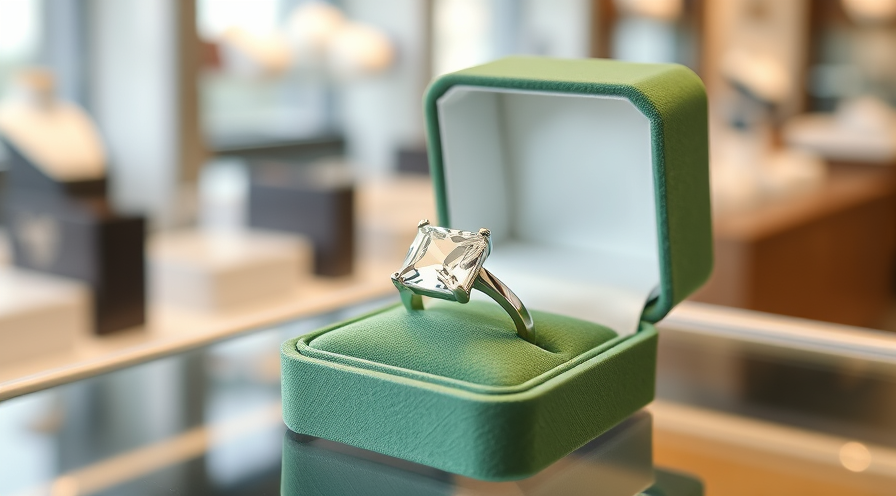
Moissanite Engagement Rings: Pros and Cons
Share

Introduction
Definition of Moissanite
Moissanite is a gemstone composed of silicon carbide, initially discovered in a meteor crater by French chemist Henri Moissan. Known for its striking visual similarity to diamonds, moissanite has captivated many with its dazzling brilliance and durability.
Rise in popularity of Moissanite rings
In recent years, moissanite engagement rings have experienced a substantial rise in popularity. This growing interest is fueled by their affordability, ethical origins, and exceptional appearance, making them an attractive alternative to traditional diamond rings.
Pros of Moissanite Engagement Rings
Affordability compared to diamonds
Moissanite rings are significantly more affordable than diamond rings. This cost-effectiveness allows couples to invest in other meaningful aspects of their lives, such as a wedding or future home.
Visual similarities to diamonds
Moissanite's visual likeness to diamonds is remarkable. Both gems possess a similar brilliance and clarity, often making it difficult for the untrained eye to distinguish between them, especially when set in fine jewelry.
Ethical and sustainable sourcing
Unlike some diamonds, which may be associated with unethical mining practices, moissanite is often lab-created, ensuring a traceable and sustainable origin. This feature appeals to environmentally and ethically conscious buyers.
Cons of Moissanite Engagement Rings
Less traditional than diamonds
For many, diamonds have long been symbolic of enduring love, making them the traditional choice for engagement rings. Moissanite, despite its beauty, lacks the historical and cultural weight carried by diamonds.
Perception of value
Diamonds have historically been associated with luxury and wealth. Some may perceive moissanite as lesser in value, potentially impacting its reception in social settings where tradition and status play significant roles.
Potential resale challenges
Moissanite rings may not retain or appreciate in value in the same way diamonds can over time. This can present challenges when considering resale or upgrading in the future.
Comparing Moissanite to Diamond
Durability and hardness
Diamonds are renowned for their remarkable hardness, ranking 10 on the Mohs scale. Moissanite, while nearly as durable, ranks 9.25, making it a resilient choice for everyday wear.
Sparkle and fire differences
Moissanite exhibits multi-colored flashes of light, known as "fire," and a high refractive index. While diamonds sparkle, moissanite may appear even more brilliant, an aspect that some may prefer or find overly flamboyant.
Chemical composition
While both gemstones appear visually similar, their chemical compositions differ. Diamonds consist of pure carbon, while moissanite comprises silicon carbide. This distinction contributes to their unique characteristics and performance.
Buyer Considerations
Establishing a budget
It's essential for buyers to establish a realistic budget. Moissanite’s affordability allows for quality and size options that may not be feasible with diamonds at the same price point.
Understanding personal preferences
Buyers should assess their preferences, considering factors such as traditional values versus modern alternatives. Understanding personal tastes will guide the decision-making process.
Long-term care and maintenance
Moissanite requires minimal maintenance, though professional cleanings can enhance its longevity and shine. Understanding these care requirements can help maintain the ring's beauty over time.
Conclusion
Recap of key points
Moissanite engagement rings offer an appealing combination of beauty, durability, and affordability, along with ethical sourcing. This makes them a compelling option for many couples considering their future together.
Final thoughts on choosing Moissanite rings
Choosing a moissanite ring depends on individual values, priorities, and aesthetic preferences. As awareness and appreciation for moissanite continue to rise, they provide a laudable alternative to traditional engagement rings.

